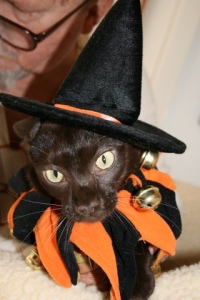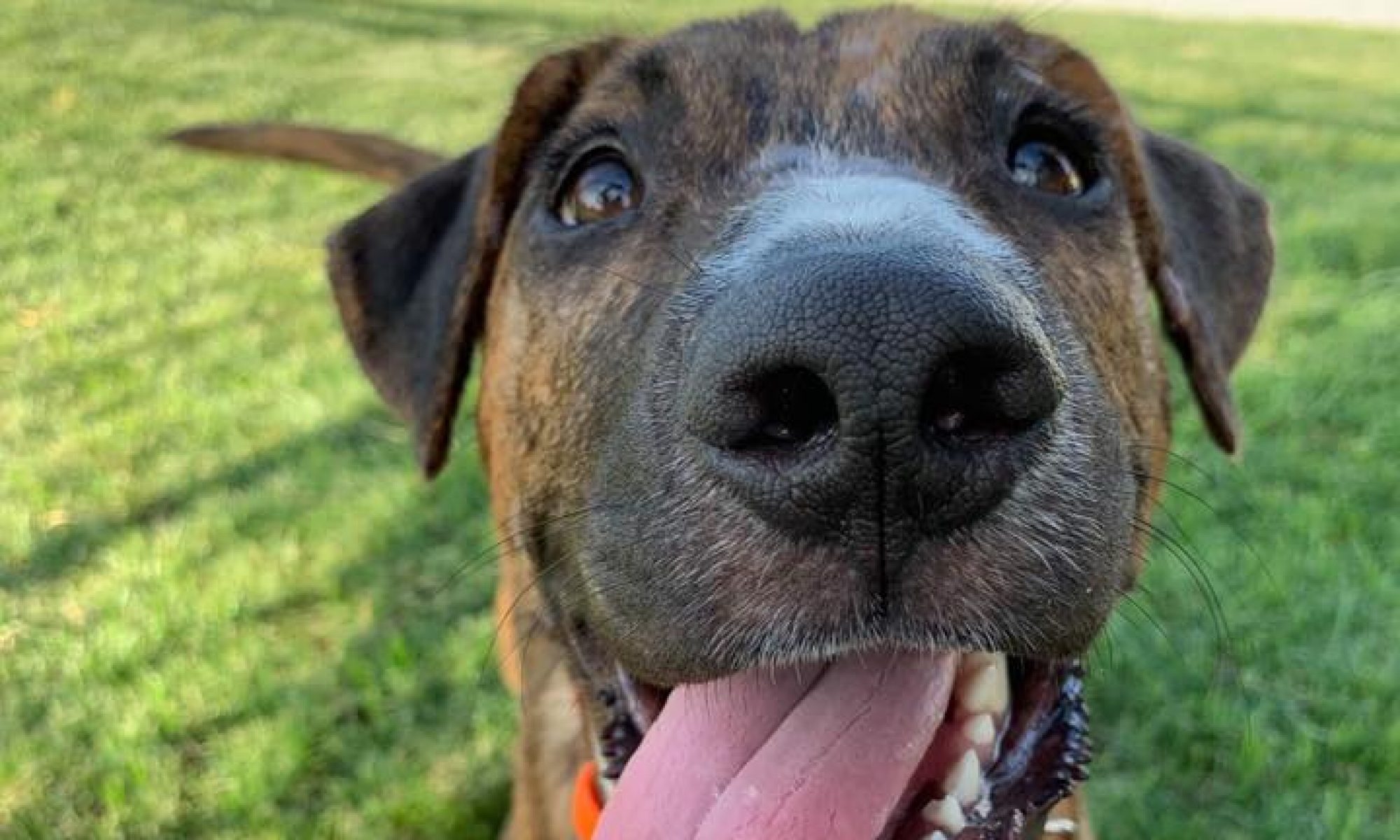
Halloween is one of America’s favorite holidays, but can be a frightening and stressful time for your pet. Planning ahead can help keep your pet safe and stress-free during this fun-filled holiday.
Dressing your pet in a Halloween costume?
It may be difficult to resist those clever and cute Halloween pet costumes, however, safety should be paramount. First, know your pet’s willingness to accepting a costume. If your pet is not receptive to the idea, you could be causing it discomfort or stress during an already stressful time. A pet in costume should never be left alone and unsupervised. Check for tight elastics on costumes that can lead to swelling and pain. Look for decorations on the costume, such as buttons or beads, that could be chewed and swallowed, causing intestinal obstruction. If the costume comes with a mask, don’t use it. If the costume covers the head in any way, make sure the eyes have plenty of room to see and that there is nothing covering its nose or mouth. A costume should never tie around your pet’s neck to avoid choking or strangling. Avoid unsafe body paint, fake eyelashes and materials that can trap your pet.
Decorating for the holiday?
Flickering jack-o-lanterns and candles often set the stage for Halloween. They can also burn your pet’s curious nose or wagging tail. A frightened pet can dart through the house and accidentally knock over a candle causing fire. Don’t use streamers or ribbons that can be ingested and cause intestinal obstruction, requiring surgery to remove.
Expecting Trick-or-Treaters?
The door bell continuously rings, the door perpetually opens, and costumed children appear from the dark — all stressful, and potentially dangerous to your pet. Keep your pet in a separate room behind closed doors. This will prevent them from becoming frightened by noisy children or darting out the door. Make sure your pet is wearing a collar with proper ID tags should your pet escape from the house or become lost. If you haven’t already, visit your veterinarian for a microchip prior to Halloween. A microchip increases the chances of your pet being returned home again.
Going out with your pet?
While tempting, taking your pet trick-or-treating can be dangerous. Even the friendliest pet can become spooked and aggressive in the confusion of Halloween. Keep your pets indoors. Animals, especially black cats, are at risk for cruel treatment on Halloween night. If you insist on taking your pets along, make sure their collars and/or costumes are marked with reflective tape for higher visibility. Keep them on leash at all times and carefully watch that they do not ingest items or candy dropped by trick-or-treaters in the area.
Serving candy?
Most of the candies and chocolates handed out on Halloween are toxic to pets. Those containing the sweetener xylitol are especially poisonous causing liver failure in dogs and possibly other species. Signs of toxicity include tremors, nervousness, vomiting, diarrhea, increased heart rate, and in severe cases, seizures and death. Other candies, such as hard candies, and even candy wrappers can cause intestinal obstruction and potentially rupture the intestines, which is a life-threatening emergency.
Having an adult party?
It is harmful to dogs, cats, birds and other animals to be intoxicated. Some people at your party may find it funny to get an animal drunk, but it can kill them. Keep your pet in a safe room behind closed doors with plenty of fresh water, food and litter box (if needed).
